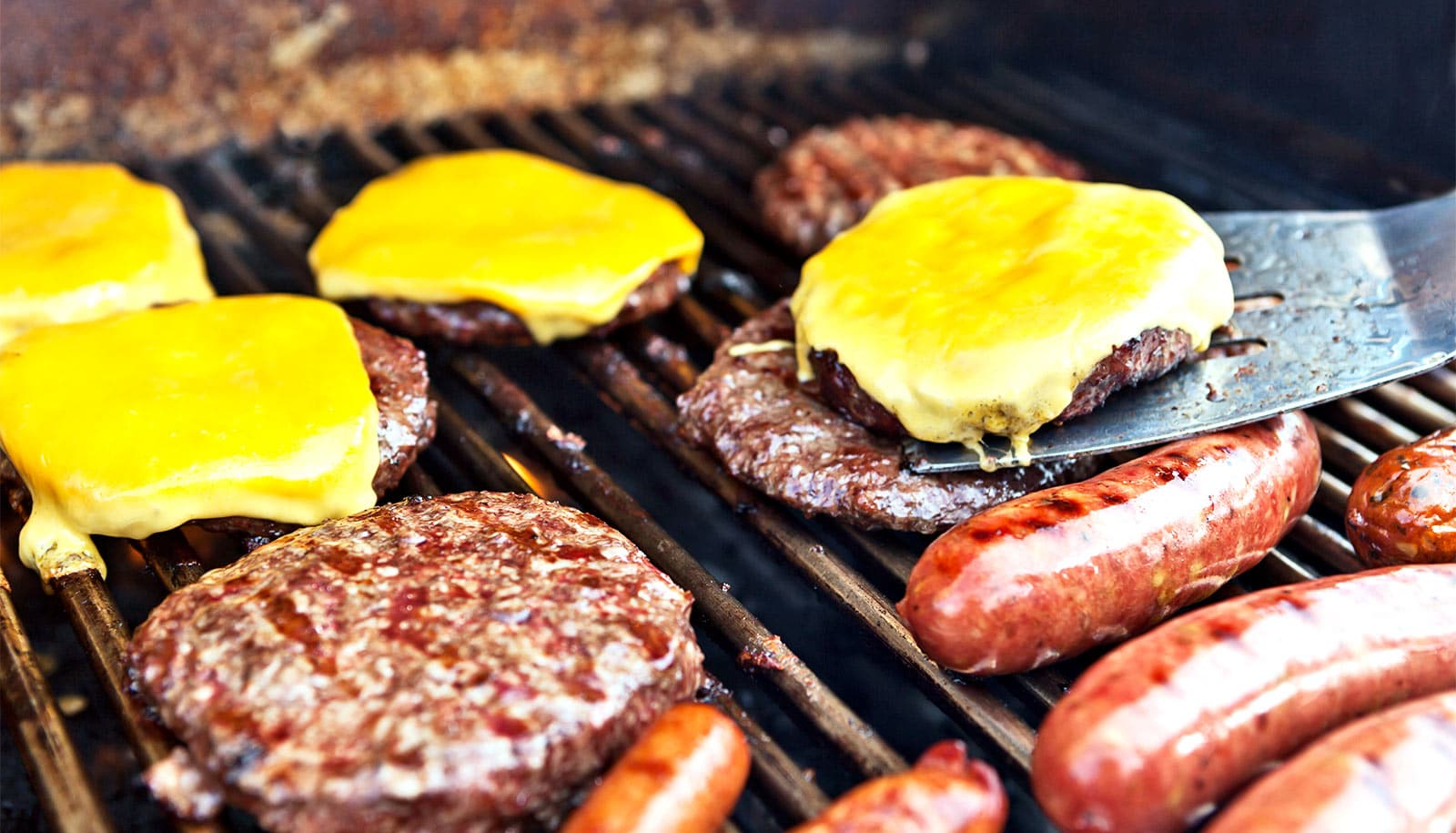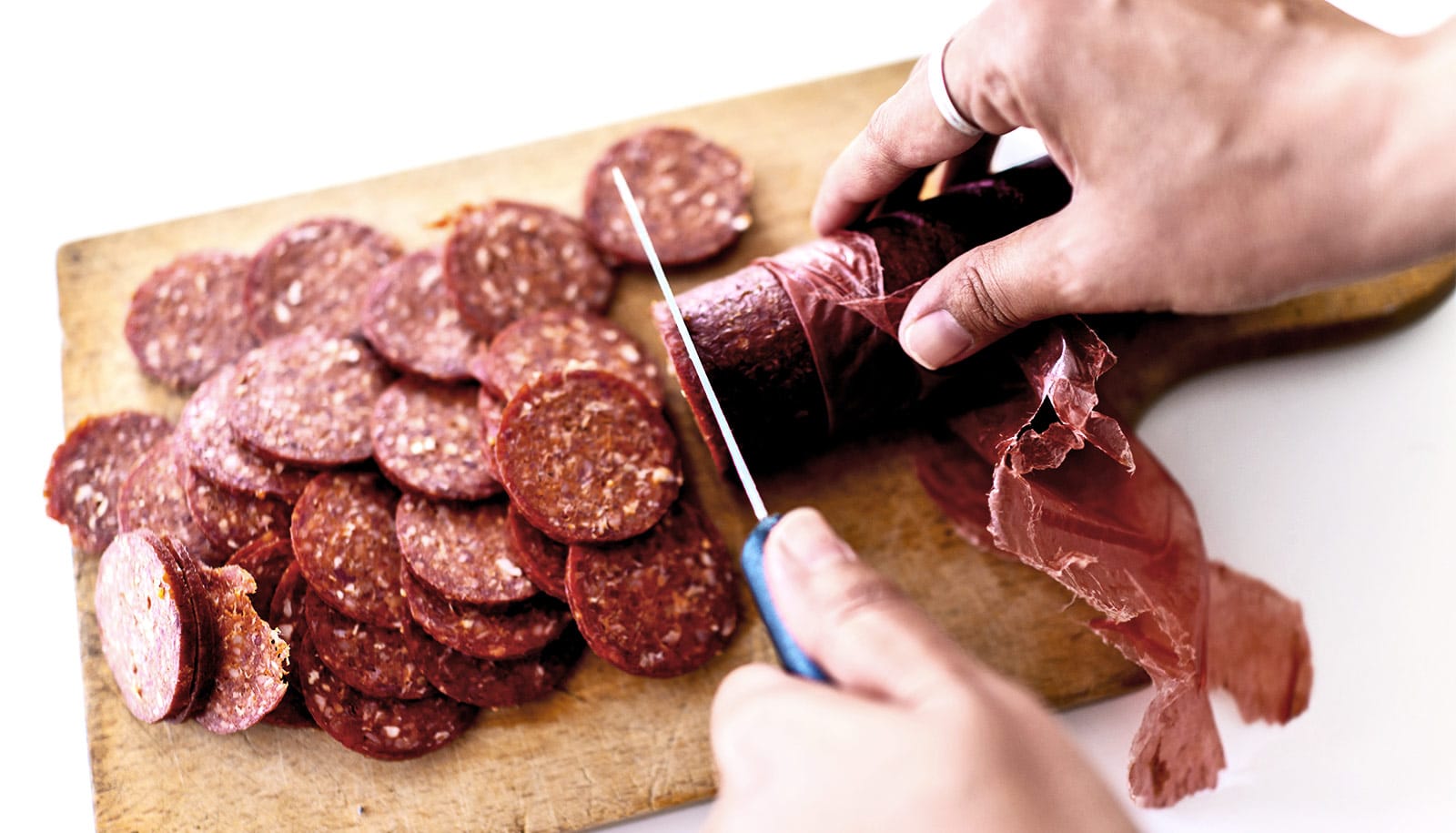A new report provides insights on the future price of beef, pork, and chicken.
The Texas A&M University Food Price Predictor study integrates historical data, current market trends, and predictive models to offer a detailed projection of future retail meat prices.
Timed with grilling season, this report assists consumers in effectively planning for summer barbecues.
The team analyzed market data using statistical models to predict price changes for various meat products. The study focused on ground beef, chuck roast Choice, steak sirloin Choice, all pork chops, and boneless chicken breast—all typical cuts of meat consumed during the traditional grilling season. While a chuck roast is not considered a typical grilling cut, its prices provide some insight into other items such as ground beef and some steak cuts, such as flat iron steaks.
The study shows a modest increase in most meat prices for this summer. Notable trends include modest increases in beef and pork prices and a decrease in chicken breast prices.
Price changes that occurred from September through February included:
- Ground beef: up 0.45%
- Chuck roast: up 4.68%
- Sirloin steak: up 0.77%
- Pork chops: down 3.93%
- Boneless chicken breast: down 2.93%
According to the report, meat price changes expected from May to October are:
- Ground beef, 100% beef: up 0.1% to 0.7% or $5.13-$5.19 per pound.
- Chuck roast Choice: up 0.7% to 1.3% or $7.21-$7.34 per pound.
- Steak sirloin Choice: up 0.1% to 0.6% or $11.72-$11.78 per pound.
- Pork chops: up 0.1% to 1% or $4.24-$4.28 per pound.
- Boneless chicken breast: down 2.93% or $4.06-$3.91 per pound.
Price expectations are averaged across the US. The report notes retail prices are heavily influenced by retail location, price discounting, and other market variables.
Some of the key observations for the report are:
- The anticipated slight increase in beef prices, particularly for ground beef and chuck roast, can be attributed to the seasonal surge in demand and reduced beef production.
- The trend in lower chicken prices is largely due to efficiencies gained in poultry production, increasing production, and lower feed costs.
- The slight uptick in sirloin steak prices is a response to a shift in consumer preferences toward higher quality cuts, fueled by an improving economy and reduced beef supplies.
- The modest increase in pork chop prices aligns with the expected seasonal increase in demand combined with slightly constrained supply levels.
- Greater profitability and lower feed costs should keep chicken supplies plentiful.
“These report estimates will provide US consumers with a better understanding of the factors that influence meat prices and help them estimate future meat costs, allowing households to budget more effectively,” says lead author Simon Somogyi, director of the Weston Agrifood Sales Program and endowed chair in the agricultural economics department.
Source: Texas A&M University



